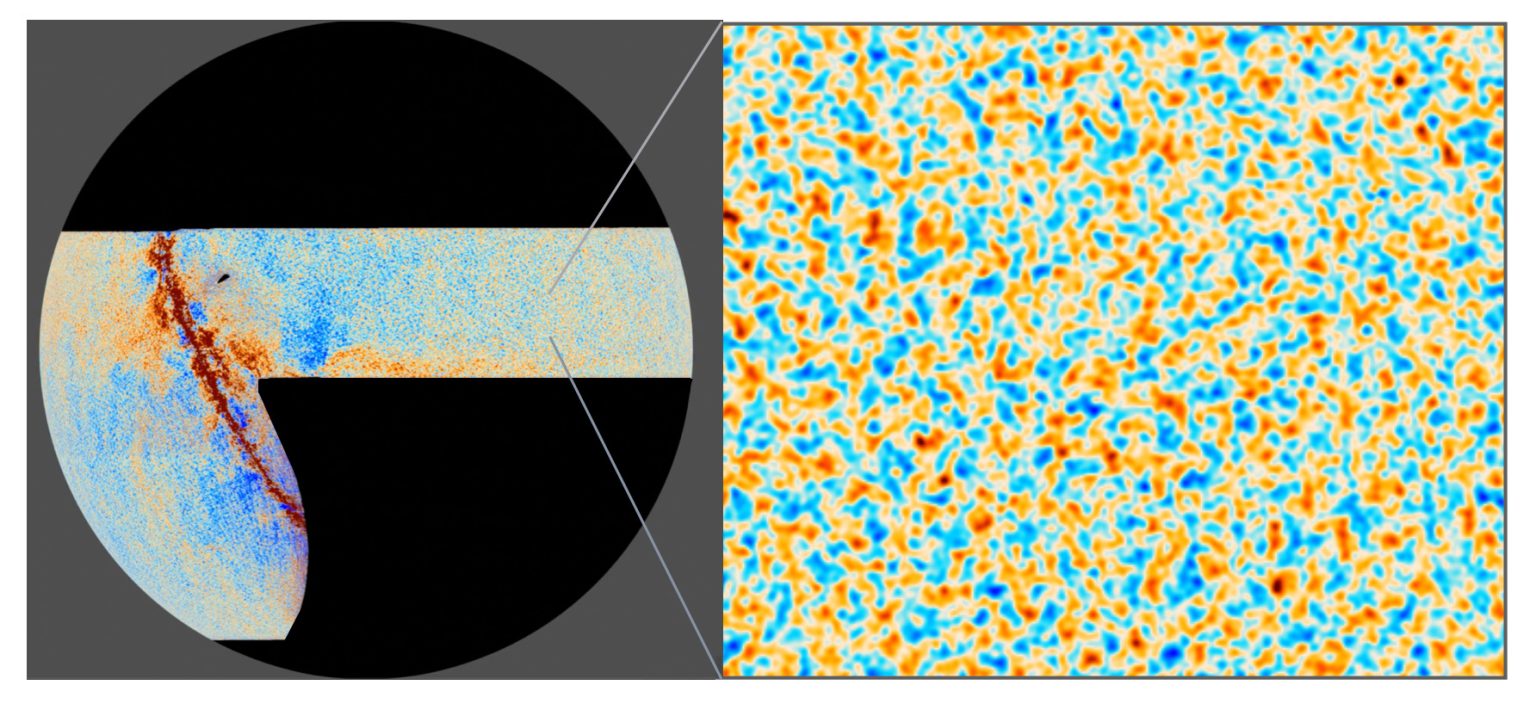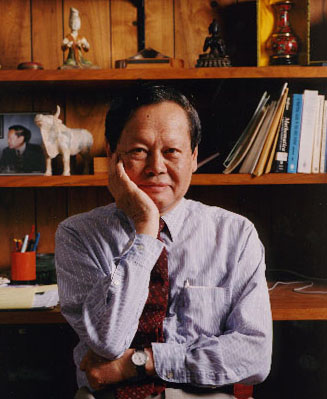Clearest and Most Precise Images of the Universe’s Infancy Revealed

Research by the Atacama Cosmology Telescope (ACT) collaboration has produced new images that are the clearest yet of the universe’s infancy – the earliest cosmic time accessible; the images are of the cosmic microwave background (CMB) radiation that was visible only 380,000 years after the Big Bang.
The international collaboration of scientists includes astrophysicist Neelima Sehgal, PhD, and her group in the Department of Physics and Astronomy in the College of Arts and Sciences at Stony Brook University. The Stony Brook team has played an essential role within the collaboration in analyzing the CMB, the afterglow light from the Big Bang.
The new images measure light that traveled for more than 13 billion years to reach the ACT high in the Chilean Andes and reveal the universe at about 380,000 years old, which the team considers the equivalent of hours-old baby pictures of the cosmos, now in about middle-age.
“We are seeing the first steps towards making the earliest stars and galaxies,” says Suzanne Staggs, Director of ACT and Henry deWolf Smyth Professor of Physics at Princeton University. “And we’re not just seeing light and dark, we’re seeing the polarization of light in high resolution. That is a defining factor distinguishing ACT from Planck and other, earlier telescopes.”
The research team says these results confirm a simple model of the universe and have ruled out most competing alternatives. The new images of the CMB add higher definition to those observed a decade ago by the Planck space-based telescope. Their findings were presented at the American Physical Society Annual Meeting on March 19.

